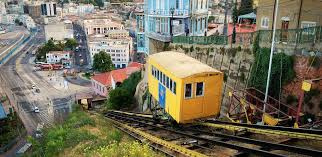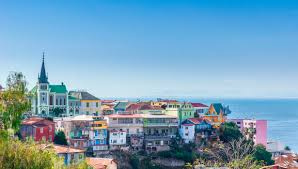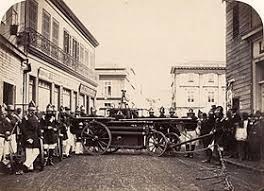What is the history of Valparaíso?

What is the history of Valparaíso?
What is the history of Valparaíso? Valparaíso, often referred to as “Valpo,” is a city rich in history, culture, and maritime significance.
Its story unfolds through centuries of development, change, and resilience, making it one of Chile’s most important cities.
Early Foundations
Valparaíso’s origins date back to the early 16th century when Spanish explorers first arrived on the coast of Chile.
In 1536, Diego de Almagro led an expedition to the area, but it wasn’t until 1544 that the city was officially founded by Juan Bautista Pastene. The initial settlement struggled due to conflicts with indigenous groups.

Growth as a Port City
In the 19th century, Valparaíso began to flourish as a major port.
It became a key stop for ships traveling between the Atlantic and Pacific Oceans, particularly during the California Gold Rush. The city’s location made it a hub for international trade and maritime activity.
Cultural Flourishing
The boom in trade led to a cultural and economic renaissance in Valparaíso.
European immigrants, particularly from Britain, Germany, and Italy, settled in the city, contributing to its architectural and cultural landscape. This diverse influx helped shape Valparaíso’s unique identity.
Architectural Marvels
As the city prospered, it became known for its eclectic architecture.
Victorian-era buildings, colorful houses, and grand mansions adorned the hillsides. Notable structures, such as the Palacio Baburizza and the Edificio de la Aduana, reflect this period of architectural grandeur.
The Rise of the Navy
During the late 19th and early 20th centuries, Valparaíso became the center of the Chilean Navy.
The city’s strategic importance grew, leading to the establishment of naval bases and training facilities. This period solidified Valparaíso’s reputation as a key military and maritime hub.
Challenges and Decline
The city faced numerous challenges in the 20th century, including economic fluctuations and natural disasters.
The 1906 earthquake caused significant damage, and the rise of Santiago as a commercial center led to a decline in Valparaíso’s port activities.
Cultural Resilience
Despite these challenges, Valparaíso has remained a cultural beacon.
In 2003, UNESCO recognized the city as a World Heritage Site, highlighting its historical and architectural significance. This designation has helped preserve its unique charm and attract tourism.
Modern Valparaíso
Today, Valparaíso is a vibrant city that blends its rich history with contemporary culture.
Artistic expressions are evident in its street art, galleries, and cultural festivals. The city continues to attract visitors seeking to experience its vibrant atmosphere and historic allure.
A City of Contrast
Valparaíso embodies the contrasts of Chilean society—between its historic past and modern aspirations.
Visitors can explore its winding streets, colorful murals, and lively markets, all while learning about its storied history and enduring spirit.
Preserving the Legacy
Valparaíso’s residents take pride in their city’s history, actively engaging in preservation efforts.
Local organizations and government initiatives aim to protect the architectural heritage and promote cultural activities that celebrate the city’s unique identity.
A Living History
The history of Valparaíso is a testament to resilience, creativity, and cultural richness.
As visitors explore its hills and waterfront, they become part of a narrative that spans centuries, contributing to the ongoing legacy of this remarkable city.
Valparaíso is more than just a destination; it’s a living history waiting to be discovered and appreciated.





Leave a Reply